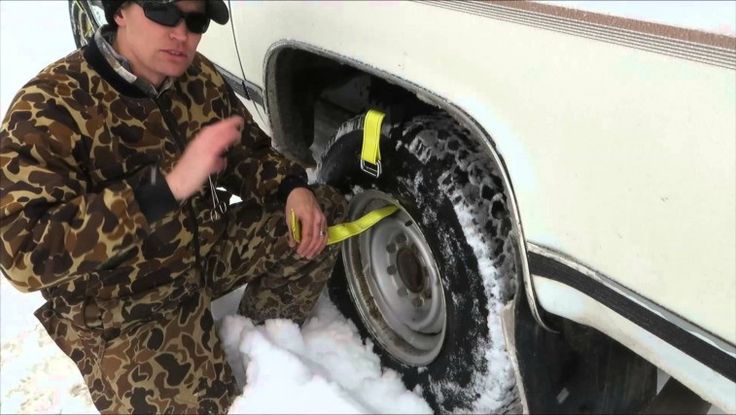Posted by Mike Hagerty Know How
If you have mud terrain tires on your vehicle, you might think you’re prepared to drive in the snow. After all, both mud and snow make it harder for your tires to grip the road or ground underneath. Although it might seem like a good idea, here’s why you should never use mud tires in snow.
Mud Tires Are Not Designed for SnowThere’s a basic difference in the consistency of mud versus that of snow and ice. Your mud tires’ deep channels allow for a continuous grip on the ground while plowing through a muddy field. And what falls out of those channels is more liquid than snow and ice. Snow will pack into those deep channels on your mud terrain tires and reduce traction. When the channels are fully packed, your tire’s surface is almost like a racing slick. If you hit ice, you’ll go from less traction to zero traction.
Type “mud tires in snow” into the search box of your favorite off-road forum to read some real horror stories.
A set of mud and snow tires is an ideal option for the winter months. Look for the “M+S” symbol on the tire’s sidewall. The rubber used for mud and snow tires is specially formulated to stay flexible in cold temperatures, and the deep channels in the tread are designed to pick up the snow and ice, sending it off the sides to keep the channels clear for what’s coming next.
Even better for snowy driving are what is known as “winter tires.” Instead of an “M+S” on the sidewall, look for a mountain with a snowflake in the middle. These tires are specifically built for severe winter weather conditions.
Add Chains to Your Mud TiresThe last option is to keep mud terrain tires on your vehicle year-round and use tire chains when you’re driving in the snow. Chains provide maximum traction — that’s why, when chain controls appear on mountain highway signs, the alerts read, “Chains required — mud and snow tires allowed. ” Depending on where you live or travel, winter weather can take you by surprise much of the time. When chains are not on your vehicle, they’re in your vehicle, ready for the moment you need them. With a bit of practice, you can become comfortable getting the chains on and off your vehicle as quickly as the pros do.
” Depending on where you live or travel, winter weather can take you by surprise much of the time. When chains are not on your vehicle, they’re in your vehicle, ready for the moment you need them. With a bit of practice, you can become comfortable getting the chains on and off your vehicle as quickly as the pros do.
If you’re using mud tires on your vehicle, you’re clearly the outdoorsy type. Chains are the most versatile option for getting you where you want to go, so you can enjoy all that winter weather brings.
Check out all the tire chains available on NAPA Online or trust one of our 17,000 NAPA AutoCare locations for routine maintenance and repairs. For more information on winter driving, chat with a knowledgeable expert at your local NAPA AUTO PARTS store.
Photos courtesy of Mike Hagerty and Pixabay.
Categories
Know How
Tags
mudding, offroad, snow, snow tires, tire chains, tires, winter, winter driving, winter driving tips
Mike Hagerty is an automotive journalist whose work has been featured on radio, TV, in print and online since 1997. He's the Publisher and Editor of MikeHagertyCars.com, and contributes car reviews to the Los Altos Town Crier and losaltosonline.com. Previous outlets have included KFBK and KFBK.com in Sacramento, California, the ABC television affiliates and Hearst-Argyle and Emmis radio stations in Phoenix, Arizona; AAA magazines for Arizona, Oklahoma, Northwest Ohio, South Dakota and the Mountain West and BBCCars.com.
He's the Publisher and Editor of MikeHagertyCars.com, and contributes car reviews to the Los Altos Town Crier and losaltosonline.com. Previous outlets have included KFBK and KFBK.com in Sacramento, California, the ABC television affiliates and Hearst-Argyle and Emmis radio stations in Phoenix, Arizona; AAA magazines for Arizona, Oklahoma, Northwest Ohio, South Dakota and the Mountain West and BBCCars.com.
One of the most asked questions we get at Les Schwab is whether or not all-terrain (A/T) tires and mud-terrain (M/T) tires work in the snow. The answer is, it depends. Here’s why some A/T and M/T tires may or may not perform as well as a dedicated set of snow tires to keep you safely on the road.
All-terrain tires are a nice mix of highway tires (H/T) and mud-terrain (M/T) tires. They’re great for daily driving to work, camping on the weekend, and occasional trips over the mountains thanks to more space between tread lugs and an open shoulder tread design. Some A/T tires are severe snow-rated, qualifying as traction tires or devices. This means they can be used over mountain passes and/or anywhere these devices are required. To qualify as a traction tire or device, these tires must have a three-peak mountain snowflake (3PMSF) symbol on the sidewall.
Some A/T tires are severe snow-rated, qualifying as traction tires or devices. This means they can be used over mountain passes and/or anywhere these devices are required. To qualify as a traction tire or device, these tires must have a three-peak mountain snowflake (3PMSF) symbol on the sidewall.
You can find the best all-terrain tires for your vehicle at Les Schwab.
Mud-terrain tires are designed for off-road conditions. The tread pattern on M/T tires has huge spaces between the lugs and a very large open-shoulder design. They look rugged because they are. They can perform in light snow and rain, but are purpose built for mud, dirt, gravel, rock, and other extreme conditions. However, they are not ideal in packed snow and ice. That's because the aggressive tread on M/T tires generally lacks siping (the small slits in the tread that provide gripping edges). This, combined with the larger lug shape and wider voids between lugs as well as less flexibility in colder temperatures, reduces traction on adverse road surfaces.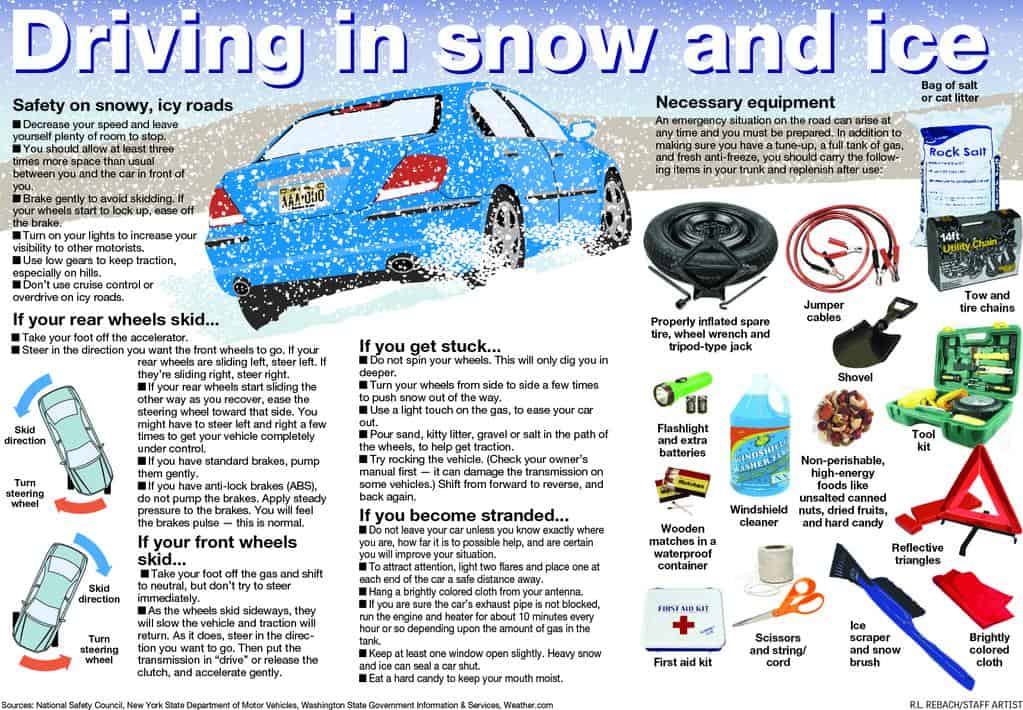
Choose the right off-road M/T tires at Les Schwab.
A/T tires offer year-round usability. When you do face offroad conditions or less-than-ideal weather, A/T tires will perform. Especially if they feature the three-peak mountain snowflake (3PMSF) symbol on the sidewall. This means they meet the criteria to safely navigate some winter conditions. That includes snow and ice. However, while the 3PMSF designation does qualify as a winter traction device on mountain passes, a dedicated set of winter tires can offer the best traction and control on the worst winter roads.
Mud terrain tires are designed for off-road use with large voids between the tread and an aggressive look that screams adventure. Yes, they can be used on the highway and your daily commute, but they shine brightest when clawing through rocks, dirt, mud, and muck. However, what makes them good at off-roading makes them less-than-adequate for packed snow and ice-covered roads.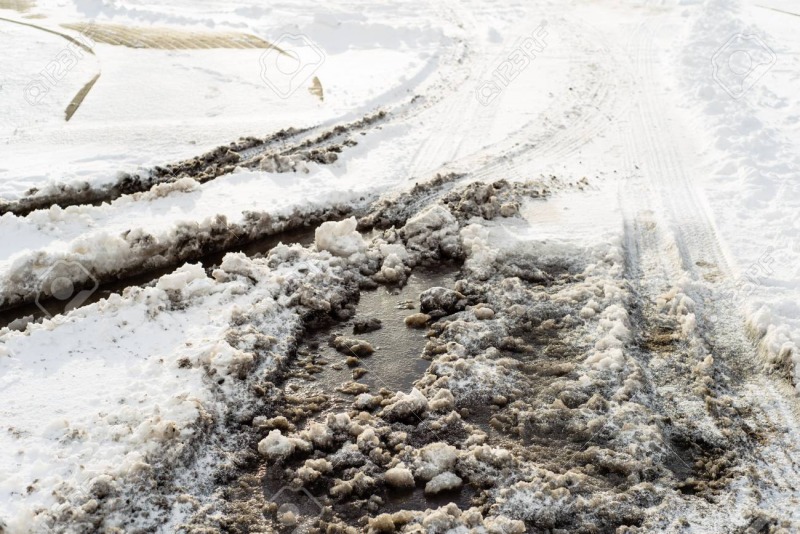
Additionally, M/T tires have deep tread and reduced surface area. Snow can get lodged in those grooves, limiting traction. And because these tires are not generally siped, they don’t have enough gripping edges to grab snow and increase traction. Yet another reason to get a set of snow tires for severe winter driving conditions.
Dedicated winter or snow tires are specifically designed to remain pliable at or below 40º F. This flexibility, along with specialized sipes to move away slush at higher speeds, helps you stay in control in colder temperatures and offers better braking, cornering, and control on snow and ice.
These tires, along with some A/T and all-weather options, feature the 3PMSF (three-peak mountain snowflake) symbol or icon. You’ll find this symbol on the tire’s sidewall. If you find the 3PMSF icon, you can be sure those tires have met strict U.S. safety tests, allowing them to be classified as traction tires or devices.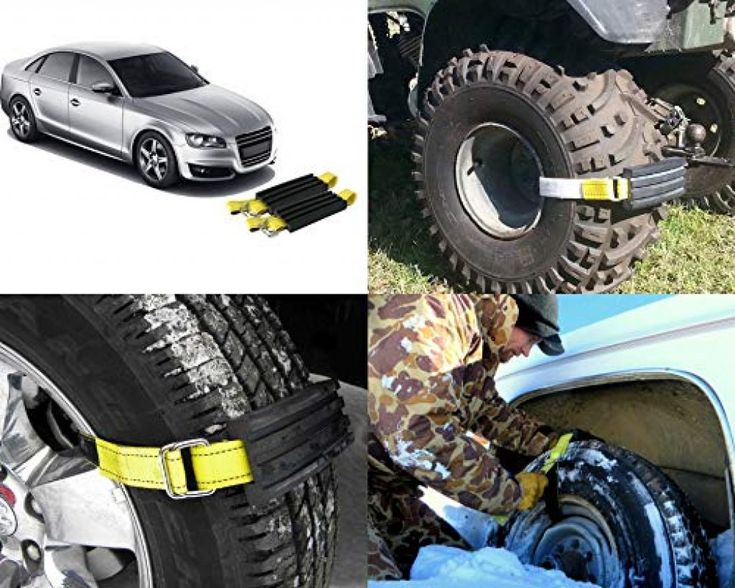
Winter or snow tires are made with specialized rubber. This helps them stay softer in cold temperatures. Additionally, tread features such as bigger grooves, sipes, biting edges, studs, and different tread block shapes help improve grip on snow and ice.
Other tires designed for summertime and year-round performance are made with a different rubber compound. This helps them retain their shape even on hot pavement. They don’t have as many jagged surfaces and have fewer or shallower channels for ejecting water or snow.
When it comes to driving in the snow and ice, a dedicated set of winter tires can offer more safety with added control.
Rain, snow, and ice don’t stand a chance when you have the right tires. Les Schwab can show you all of your options and add confidence to every outing. Schedule your free pre-trip safety check. Be sure to ask about winter chains and how to install them while you’re there.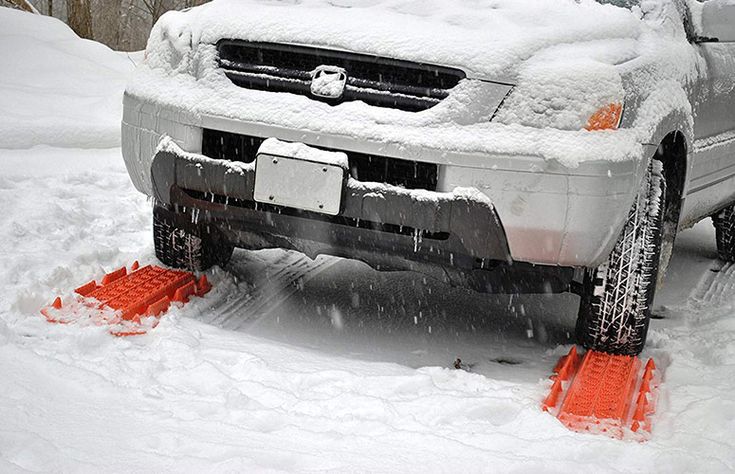
Find a Store
Mud tires are a special type of car tires designed to conquer off-road areas.
This type of rubber differs significantly from standard car tires designed for urban use.
The main differences between mud tires and urban tires are:
It is the high profile and width of the tire that gives the car more reliable grip on off-road surfaces. Aggressive large pattern and lugs allow you to increase the vehicle's cross-country ability and overcome various road obstacles.
Special A/T and M/T markings are available for this type of rubber.
The A/T stands for All-Terrain - tires that are suitable for all types of road surfaces. This type of rubber has average performance in off-road areas. Tires of this type are also recommended not to be used in urban daily use. The permissible speed index is limited for A/T mud tires to 140 km/h. Also, this type of tire has a longer braking distance and increases the risk of aquaplaning at high speeds.
This type of rubber has average performance in off-road areas. Tires of this type are also recommended not to be used in urban daily use. The permissible speed index is limited for A/T mud tires to 140 km/h. Also, this type of tire has a longer braking distance and increases the risk of aquaplaning at high speeds.
These tires are suitable for light off-road areas, trips to country roads without hard surface, fishing and forest trips. Driving through deep mud, water and wading on these tires is not recommended.
The M/T marking stands for Mud-Terrain, which indicates its intended use in mud. For urban use, this rubber is unsuitable, as tires wear out quickly on a hard road surface and affect driving.
Due to the severity of this type of tires, the car becomes less maneuverable, the maximum comfortable speed for movement is 60-80 km / h.
Many SUV owners are convinced that mud tires have no seasonality and are suitable for use in both summer and winter.
Theoretically, winter operation of mud tires in winter is possible, however, leaves a strong imprint on driving style. Driving on mud tires in winter must be done with extreme caution.
At extremely low temperatures, the rubber composition of the compound loses its properties and mud rubber can become too “hard”, which will negatively affect its properties. Mud tires also increase the consumption of the car, making it less maneuverable and unstable in icy conditions.
Mud tires provide relatively poor grip on winter roads and become extremely dangerous when the car hits ice. In such a situation, the all-wheel drive system can, on the contrary, become a minus for an SUV.
Packed snow is also an almost impassable obstacle for mud tyres. The tire tread becomes clogged with snow and becomes like a slick, which is extremely ineffective for providing optimal grip on a winter road. The car in such a situation becomes almost uncontrollable.
The car in such a situation becomes almost uncontrollable.
An important difference between winter tires and mud tires is the presence of sipes, which provide reliable grip of the car with the winter road surface. Mud tires do not have sipes, so they become stiff and uncontrollable at low temperatures.
The only possible way to travel on mud tires in winter is driving on slush and loose snow at relatively high winter temperatures. The structure of loose snow resembles mud, so mud tires can safely cope with it. However, at high speeds, mud tires increase the risk of hydroplaning, which can lead to uncontrolled skids, ditching or vehicle rollovers.
If your safety and the safety of your passengers is more important to you than saving money, it is recommended to change mud tires for winter tires in winter.
Other publications
How to choose winter tires for the Audi Q7?
The Audi Q7 is a premium full-size SUV that combines off-road performance with ride comfort. The concept of the car suggests the possibility of traveling on this car for lovers of outdoor activities. In order to maintain the capabilities of the car even in winter, it is necessary to choose the right winter tires.
The concept of the car suggests the possibility of traveling on this car for lovers of outdoor activities. In order to maintain the capabilities of the car even in winter, it is necessary to choose the right winter tires.
Read more
Audi prepares rival for Range Rover
Automotive brand Audi is about to launch the Audi Q9, which will become the main competitor to the popular premium SUV Range Rover.
Read more
Lamborghini Urus - the first crossover-supercar
Lamborghini Urus - the first crossover of its kind in the luxury car segment.
Read more
What is in store for MIAS 2018?
MIAS - Moscow International Motor Show, which takes place once every two years, in 2018 will again be located in the Crocus Expo pavilions from August 31 to 9September.
Read more
Mud tires for SUVs are called so because they are designed for driving on dirt roads, where the quality of the surface leaves much to be desired, and for real off-road. Mud tires are characterized by:
Mud tires are characterized by:
This tire design allows the car to successfully overcome any dirt. The protector clings well to the mud surface, and also successfully cleans itself.
The problem is that any tires for SUVs are quite expensive. Therefore, many owners of such all-terrain vehicles cannot afford to have several sets of tires.
For example, if a person is a fan of off-road and bought mud tires, which are intended for use in the warm season, then he does not always have the funds to purchase winter tires. Accordingly, he has a question: is it possible to drive in winter on mud tires?
The practical experience of SUV owners shows that it is quite possible to ride on mud tires, but you need to move as carefully as possible. Since such tires hold the winter road not very well.
The most dangerous option.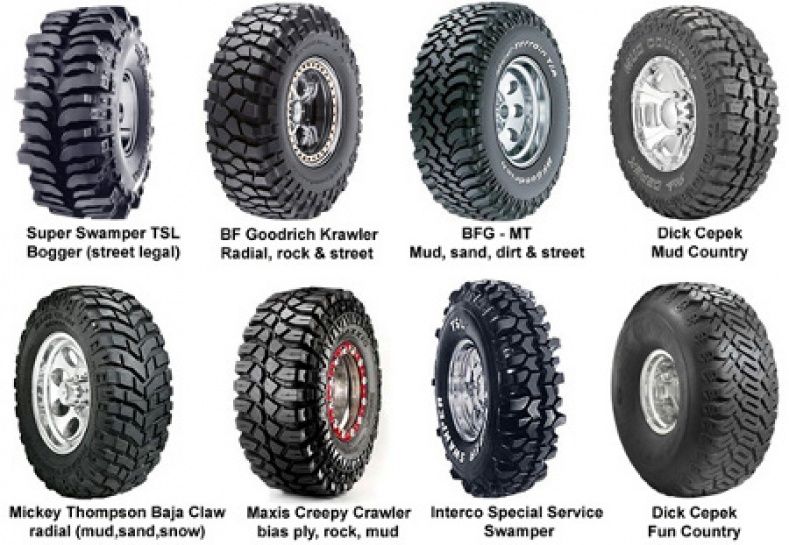 Mud tires feel very bad on ice. Owners of off-road vehicles note that descents and ascents are especially difficult, as the car slides, goes into a skid. And all-wheel drive in such a situation is rather a minus than a plus.
Mud tires feel very bad on ice. Owners of off-road vehicles note that descents and ascents are especially difficult, as the car slides, goes into a skid. And all-wheel drive in such a situation is rather a minus than a plus.
The same can be said about packed snow. Its density is close to the density of ice, so the car behaves similarly on packed snow - unstable.
Thus, it can be noted that the owner of an SUV on mud tires is not recommended to go somewhere if there is ice on the street. You can not drive on highways and city roads in severe frosts, when the asphalt surface is hidden under the packed snow.
In general, the danger of driving on trails on mud tires lies in the fact that the speed of movement in intercity mode is usually high. The driver, moving fast in a car, cannot control the condition of the road surface as well as the driver who drives through the streets of the city at a speed of 40-80 kilometers per hour. Any slight icing on the road can cause the car to start skidding, and it will simply fly off the track.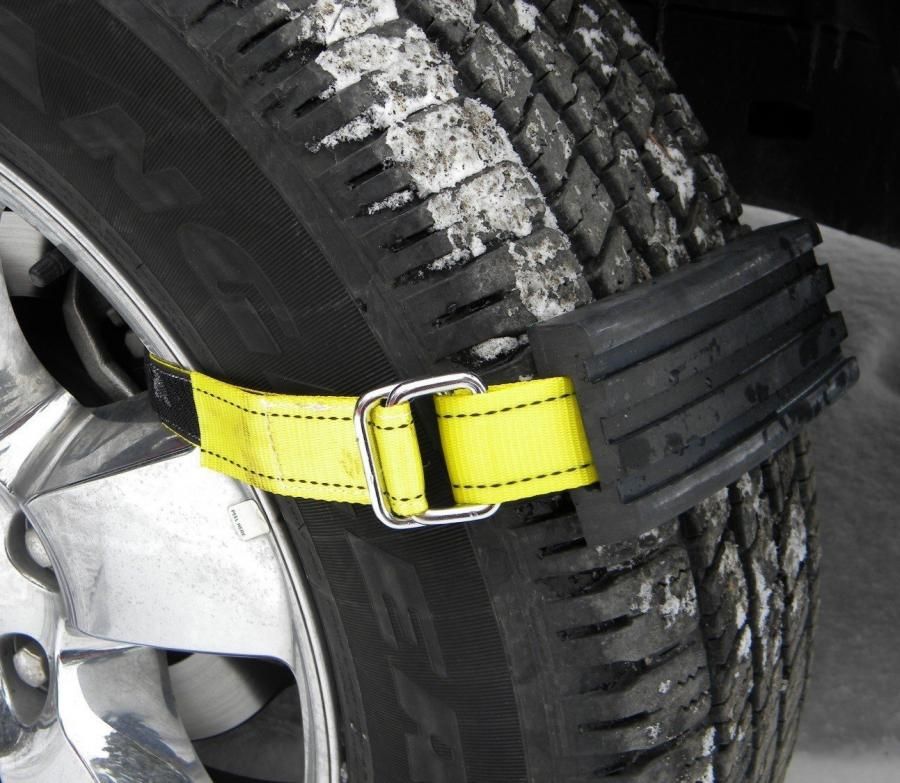
In the city, skidding is dangerous because an SUV is a large car. In a collision with a passenger car, the SUV suffers little, but the passenger car, as a rule, receives serious damage. The passenger car can go under the SUV. And if it does not leave, then it collides with massive and heavy elements of an off-road vehicle. Weight categories are different.
Perhaps the only situation where mud tires are safe to use in winter conditions. The very structure of snow is similar to the structure of mud, which is intended for movement on mud tires.
Thus, on the described type of rubber, it is quite possible to move through snowdrifts in the forest. Yes, and where the road is not knurled. You can go fishing or hunting.
But you need to make sure that there is no layer of ice under the snow.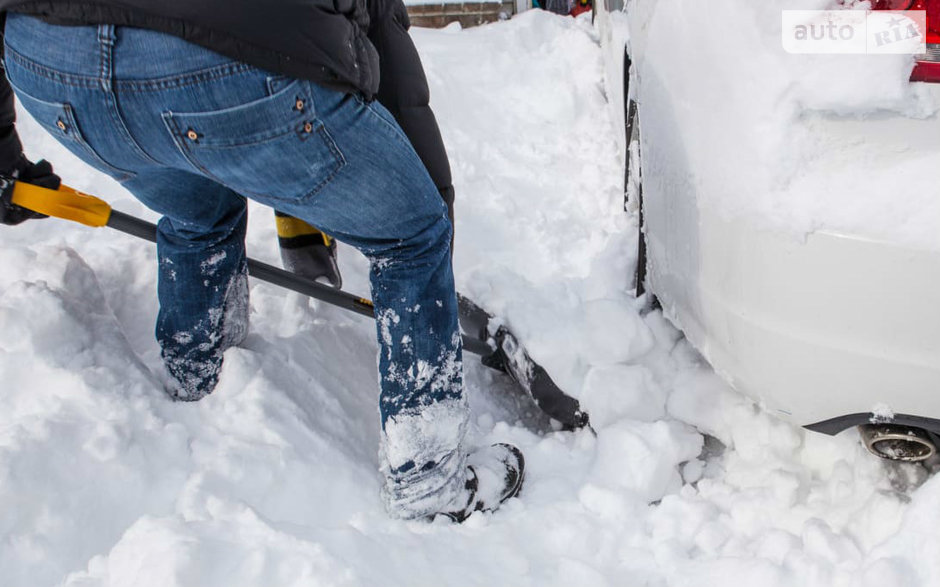 Then the car, having hit the wheels on the ice, can also go into a skid. It's not as scary as in the city. After all, outside the city, in the forest, there are usually no other cars or pedestrians that could be in danger. And an experienced driver in most cases has the ability to pull the car out of a skid, and most importantly, has the appropriate skills.
Then the car, having hit the wheels on the ice, can also go into a skid. It's not as scary as in the city. After all, outside the city, in the forest, there are usually no other cars or pedestrians that could be in danger. And an experienced driver in most cases has the ability to pull the car out of a skid, and most importantly, has the appropriate skills.
Having analyzed the features of various road conditions and how mud tires react to them, let's move on to the reasons. After all, the described type of rubber does not provide good handling and stability on the road, not because of the inexperience of drivers. Although, and because of this, too. But many experienced drivers who drive on mud tires in winter also find themselves in difficult situations.
All the reasons for this state of affairs lie in the construction of mud tires. They:

The sipes are designed to improve tire grip. Their presence makes the rubber softer, which is very important in winter road conditions. On most models of mud rubber, there are no sipes, which gives such rubber a very high rigidity. Road grip, respectively, in this case, is bad.
Large tread patterns on mud tires are essential for successful mud mixing. This is a kind of means designed to ensure that the wheels row along the surface, but do not fall too much.
In winter road conditions, except for places where there are large snowdrifts, large tread elements do not perform any useful function. Quite the opposite: they increase the slip of the tires, worsen their grip on the road.
It is known that winter and summer tires are made of different compositions. Summer - made of a more rigid material so that wear is as low as possible. Winter tires are softer.